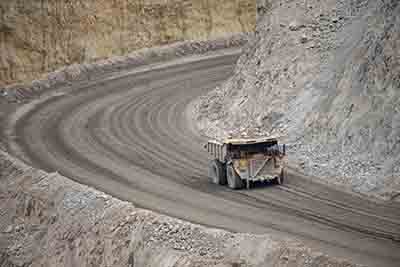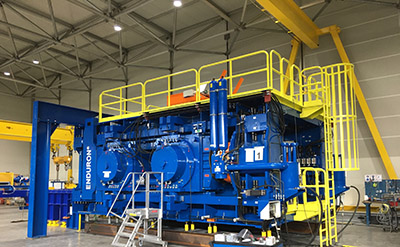By Josephine Patterson

A new independent report, commissioned by the Weir Group, calculates mining’s share of global energy consumption and identifies ways the industry can aid the transition to net zero emissions needed to limit temperatures in line with the Paris Agreement.
The Mining Energy Consumption 2021 report analyzes mine energy data from over 40 published studies to give a comprehensive understanding of where energy is consumed in mining and minerals processing. It shows that the total amount of power used by the mining industry is equal to 3.5% of global energy use.
“The mining industry is central to economic development globally, with critical minerals enabling the low-carbon transition required in the rest of the economy. But the environment in which it will operate in future will be very different from the past, requiring comprehensive change and investment,” said Weir Group Chief Executive Jon Stanton.
“In short: mining needs to become more sustainable and efficient if it is to provide essential resources the world needs for decarbonization while reducing its own environmental impact. This report is an important contribution to that debate which we hope will spark thoughtful conversations around the world on the way forward.”

The report highlights that comminution is the single biggest user of energy at mine sites, typically accounting for 25% of mining’s final energy consumption. Small improvements in comminution technologies can lead to relatively large savings in both energy consumption and greenhouse gas emissions. Report author and engeco Technical Director Marc Allen said a 5% incremental improvement in energy efficiency across comminution could result in GHG emission reductions of more than 30 Mt of CO2e.
The replacement of traditional comminution equipment with new grinding technology also reduces indirect emissions in the mining value chain, for example, by removing the need to manufacture emission-intensive steel grinding balls. Of the remaining energy consumption by the mining industry, diesel in varied forms of mobile equipment accounts for 46%; electricity in mining (ventilation), 15%; and “other electricity,” 14%.
In addition to optimizing comminution, the report also highlights other energy and emissions reduction opportunities such as the redesign of grinding circuits at greenfield sites, improved drill and blast approaches, preconcentration, and the use of artificial intelligence and machine learning to improve decision making. Further, if zero emissions energy sources are deployed for mining equipment – e.g., renewable energy, energy storage and alternative fuels – then the industry may well be able to achieve zero emissions, leaving a relatively small role for offsets and carbon credits to play.
“This report highlights both a challenge and an opportunity to revitalize cross-industry discussion and actions on decarbonization and ESG solutions,” said Alison Keogh, chief executive of the Coalition for Energy Efficient Comminution, a global initiative to accelerate eco-efficient minerals with a focus on energy-efficient comminution. “We invite industry leaders to actively contribute and collaborate through mining-vendor-research partnerships and share knowledge. Together, we can accelerate improved energy, emissions and water footprint across industry faster.”
